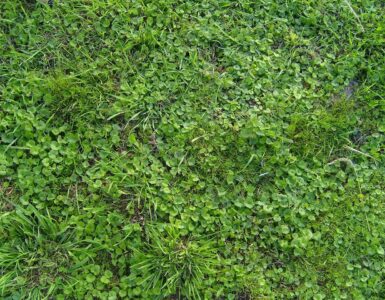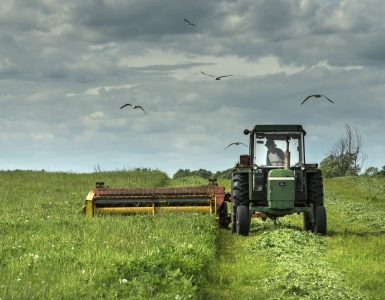Nearly all of the food we eat starts with seed.
Consider a red pepper crop. The harvest is dependent on soil, water, and farmer labour, but the ultimate potential of any crop is within the seed. How large or flavourful is the fruit? How many days after planting until the crop begins to ripen? Is the plant resistant to dry spells or fungal infection?
A variety that thrives in one region may fail in another, which is one of the reasons that a local project is developing new varieties suited to our area, in a joint project between farmers and plant scientists.
“Farmers actually make really good plant breeders,” said Kathy Rothermel of the Kingston Area Seed Systems Initiative (KASSI), a non-profit.
Rothermel is one of four farmers in Ontario working to develop a new variety of sweet red pepper; a short season pepper suited to our growing conditions. Their research partner in the project is Dr. Michael Mazourek, a professor of plant breeding and genetics at Cornell University.
According to Rothermel, most commercially available seeds are not well-suited to ecological farmers. For large seed-breeders, the focus has been on standardization, producing vegetable crops that look uniform and that ripen at the same time for mass harvesting.
While some of these changes have increased yields, they’ve also made those yields dependent—as Rothermel points out—on heavy inputs like synthetic fertilizers and pesticides (inputs manufactured and sold by the same agrochemical companies that breed many seeds, such as Monsanto).
Locally adapted varieties—crops selected to match our soils, our growing season, and our rainfall—can thrive without as many expensive inputs.
One problem with most commercial seed breeding now is that farmers are cut out of the loop. New varieties are bred, selected in experimental plots, and trialed at a research stations by scientists or seed companies. Farmers are involved only after a new variety has already been commercialized and released.
Rothermel and others are taking a new approach: it’s called participatory breeding.
“I’m really interested in reinvigorating the relationship between university breeders and farmers,” she said.
In participatory breeding, researchers and farmers work together. To start with, farmers and researchers identify existing varieties with desirable characteristics—say one carrot that is very sweet, and one carrot with great storage qualities. They would cross-breed those existing varieties, and then grow out a variety of offspring to find some that have both qualities.
That’s the stage the red pepper project is at now, explained Rothermel: “We’ve grown out peppers in our locale, and we’ll make selections based on what we want to grow in our fields.”
Their results this season will be sent back to Cornell University, and through collaboration new local varieties will emerge over time. Growing out test varieties at multiple locations will also help build some of the genetic diversity that many commercial varieties lack.
“It’s important because we’ve lost a lot of the genetic heritage, the genetic breadth,” said Rothermel. “We’ve lost a lot of varieties. We have to take what we have left and breed new varieties for today.”
In particular, the changing climate is a threat that we need new varieties to adapt to.
“We are very vulnerable,” says Rothermel.
Localized seed breeding is an agricultural necessity, but it also has a lot of culinary potential. Rothermel suggests that we could develop new varieties of different crops like squash or tomatoes for use in restaurants in Kingston, or even for particular recipes. And she encourages eaters to learn more about the diversity of varieties that already exist, and that we eat without considering.
“I want our citizens to ask farmers at the farmers market, ‘what’s that variety of green beans?’” she said. “And I want local chefs to know that there is a range of winter squash varieties for culinary use.”







